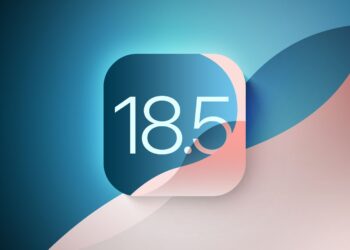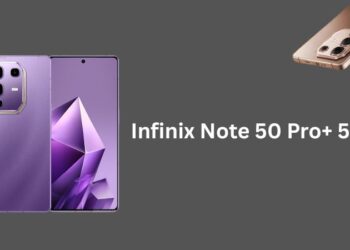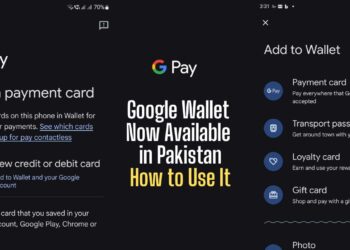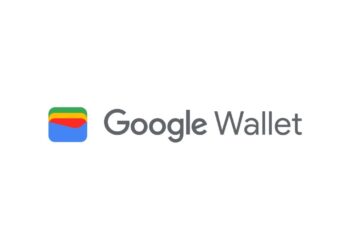Tech giant Google has announced that mobile-first indexing initiative, which began seven and a half years ago, will be fully implemented after July 5, 2024.
According to John Mueller Get Mobile-Friendly or Disappear from Google Search! As of July 5th, Google will only consider the mobile version of your website for search results. This means websites that don’t work well on phones and tablets will vanish from Google searches altogether. The good news? Most websites are already mobile-friendly, so you’re likely in the clear. But if you’re unsure, check your website’s mobile functionality now to avoid a drop in visibility.
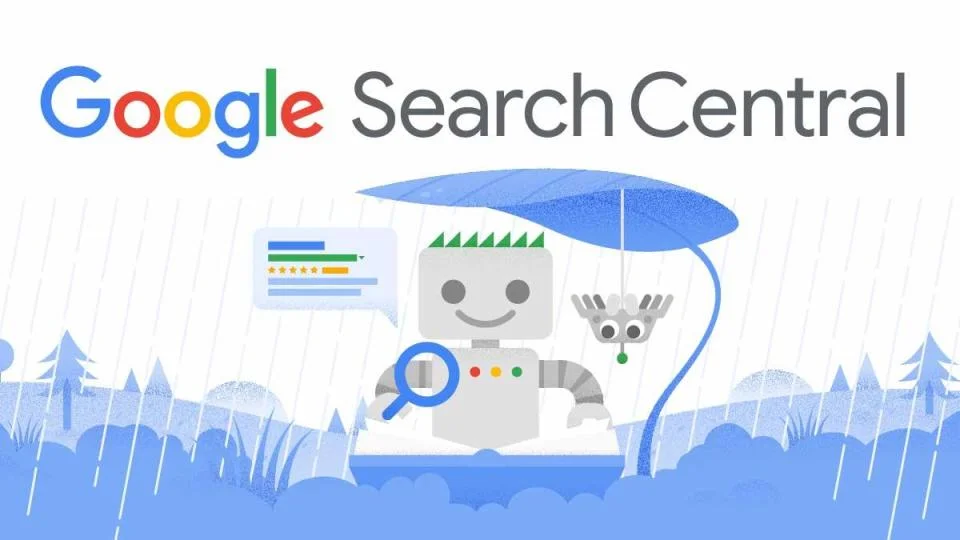
Google is in the process of transitioning to a mobile-first index for its search results. The change is planned to take effect after July 5, 2024
Here’s what you need to know:
- Mobile-First Indexing:
- Google has been using a smartphone crawler (Googlebot Smartphone) to crawl and index most websites. This means that the content on your site is primarily evaluated based on how it appears on mobile devices.
- The goal is to ensure that search results are relevant and useful for mobile users, given the increasing number of people accessing the web via smartphones.
- Final Step in Migration:
- Google’s final step in this migration involves transitioning the remaining sites that were still being crawled by the desktop Googlebot to be crawled exclusively by the mobile Googlebot.
- This change is planned to take effect after July 5, 2024.
- What Website Owners Need to Do:
- Most websites won’t need to take any specific action. If your site is already mobile-friendly and accessible on smartphones, you’re good to go.
- However, if your site’s content is not accessible on mobile devices at all, it will no longer be indexed by Google. So, ensure that your site is mobile-friendly.
- Googlebot Desktop:
- Even after the transition, you might still see Googlebot Desktop in your server logs and reporting.
- Googlebot Desktop is occasionally used for specific purposes, such as crawling product listings and Google for Jobs.
Remember, this change is part of Google’s ongoing efforts to improve the search experience for users across different devices. If you have any specific concerns about your website, consider using Google Search Console to review your index coverage and address any issues.
Googlebot Desktop: Understanding Its Role in Web Crawling
Googlebot, the web crawler responsible for indexing content on the internet, plays a crucial role in how websites appear in search results. While most of us are familiar with Googlebot’s mobile counterpart (Googlebot Smartphone), there’s another player in the game: Googlebot Desktop.
What Is Googlebot Desktop?
Googlebot Desktop is a web crawler specifically designed to mimic the behavior of a desktop browser. Unlike Googlebot Smartphone, which evaluates websites from a mobile perspective, Googlebot Desktop focuses on how sites render on traditional desktop browsers. Let’s dive deeper into its role and significance:
1. Crawling for Product Listings and Google for Jobs
Googlebot Desktop isn’t as prevalent as its mobile counterpart, but it serves specific purposes. One of these is crawling product listings. When you search for a product on Google, the search engine pulls information from various e-commerce sites. Googlebot Desktop ensures that these product pages are accurately indexed, allowing users to find relevant products easily.
Similarly, Googlebot Desktop is involved in indexing job listings. Google for Jobs aggregates job postings from various websites, making it convenient for job seekers to find employment opportunities. Googlebot Desktop ensures that job-related content is properly indexed and displayed in search results.
2. Navigating Desktop-Optimized Websites
While most websites today are mobile-friendly, some still cater primarily to desktop users. Googlebot Desktop ensures that these sites are crawled comprehensively. It analyzes factors such as page load times, structured data, and overall user experience from a desktop perspective.
3. The Transition to Mobile-First Indexing
Google’s shift toward mobile-first indexing means that Googlebot Smartphone is now the primary crawler for most websites. However, Googlebot Desktop hasn’t disappeared entirely. After July 5, 2024, Google will exclusively use Googlebot Smartphone for crawling and indexing most sites. If your website is mobile-friendly, this transition won’t impact you significantly.
4. What Website Owners Should Do
If you’re a website owner, here are some steps to ensure a smooth transition:
- Mobile Optimization: Make sure your site is mobile-friendly. Responsive design, fast loading times, and a seamless mobile experience are essential.
- Content Accessibility: Ensure that your content is accessible on both desktop and mobile devices. If it’s not, consider making necessary adjustments.
- Monitor Google Search Console: Regularly check Google Search Console for any indexing issues or errors related to mobile and desktop versions of your site.
Remember that Googlebot Desktop’s role is evolving, and its impact on search rankings will continue to change. Stay informed and adapt your website accordingly to provide the best user experience across all devices.
In summary, Googlebot Desktop may not be as prominent as its mobile counterpart, but it still plays a vital role in ensuring accurate indexing and search results. As the web landscape continues to evolve, website owners must keep pace with these changes to stay competitive in the digital realm.
Read More: The Future of SEO if ChatGPT Kills Search Engines
Follow INCPAK on Facebook / Twitter / Instagram for updates.



